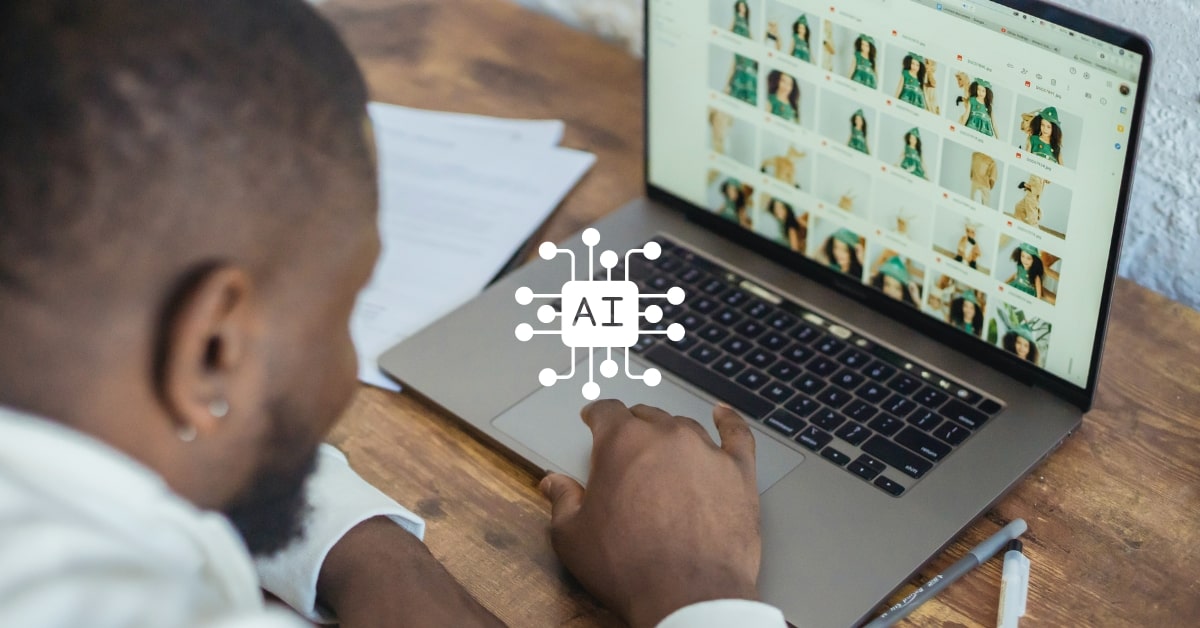In today’s digital age, photography plays an integral role in our lives. Whether it’s capturing precious moments, showcasing products, or creating stunning visuals for marketing campaigns, the art of photography has evolved immensely. With the advent of technology, artificial intelligence (AI) is ushering in a new era of image editing, making it easier and more accessible than ever before. In this article, we will delve into the world of AI retouching, exploring how it is transforming the way we edit and enhance our photos.
The Power of AI Retouching
What is AI Retouching?
AI retouching, also known as AI photo editing, is the process of using artificial intelligence algorithms to automatically enhance and improve images. These algorithms analyze the content of the image and make intelligent adjustments to aspects such as color, lighting, sharpness, and more. The result is a professionally retouched photo without the need for manual editing.
How Does AI Retouching Work?
AI retouching relies on machine learning models trained on vast datasets of images. These models use deep learning techniques to recognize patterns and features in photos. When you input an image into an AI retouching tool, the model assesses it, identifies areas that need improvement, and applies enhancements accordingly. This process can include noise reduction, skin smoothing, background replacement, and more.
Benefits of AI Retouching
1. Time Efficiency
Traditional photo editing can be time-consuming, requiring hours of meticulous work. AI retouching, on the other hand, can produce high-quality results in a matter of seconds or minutes. This is a game-changer for photographers and graphic designers, allowing them to save time and focus on other creative aspects of their work.
2. Consistency
AI retouching ensures consistent results across a series of images. It eliminates human error and maintains a uniform style throughout a project, making it ideal for branding and marketing campaigns.
3. Accessibility
AI retouching tools are becoming more accessible to a wider audience. You don’t need to be a professional photographer or graphic designer to use them. Many apps and online platforms offer user-friendly interfaces that anyone can navigate.
4. Versatility
AI retouching is versatile and can be applied to various types of images, from portraits to landscapes and product photos. It can enhance the quality of your personal photos as well as boost the visual appeal of your business content.
5. Creativity
AI retouching tools often come with creative filters and effects that can transform your photos into stunning pieces of art. This allows for experimentation and artistic expression.
Conclusion
AI retouching is undeniably changing the landscape of image editing. It offers accessibility, efficiency, and creativity, making it a valuable tool for both professionals and amateurs. As technology continues to advance, we can expect AI retouching to become even more integrated into our photography and design workflows, revolutionizing the way we perceive and edit images. Embracing this technology responsibly will allow us to harness its full potential and continue to produce stunning visuals that captivate and inspire.
FAQs
No, AI retouching is not limited to professionals. It’s accessible to anyone interested in enhancing their photos. Many user-friendly apps and online platforms offer AI retouching features that require no specialized knowledge.
AI retouching complements traditional editing rather than replacing it. It’s a valuable tool for quick enhancements and can save time, but advanced editing may still require specialized software.
Privacy is a concern with AI retouching when it comes to facial recognition and manipulation. It’s essential to use AI retouching tools responsibly and respect individuals’ consent and privacy.
AI retouching can improve the quality of a photo to some extent, but it cannot perform miracles. The results depend on the original image’s quality and the capabilities of the AI model used.
Ethical considerations include the manipulation of images to unrealistic or harmful extremes. It’s crucial to use AI retouching responsibly, especially in contexts like beauty standards and body image.
This page was last edited on 18 February 2024, at 11:39 am
